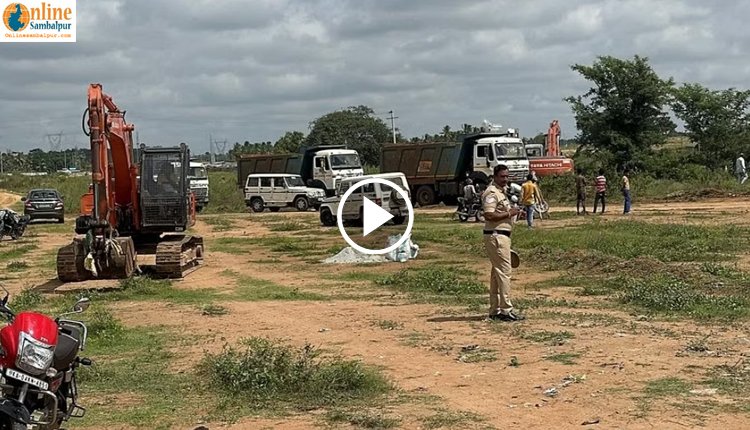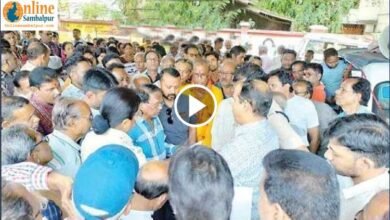Sambalpur: Government Land Encroachments to be Removed, Revenue and Disaster Management Department Issues Directive

Sambalpur: Sambalpur city is turning into an encroacher’s paradise, with empty spaces being taken over indiscriminately. The state government has decided to take a tough stance on evicting illegal encroachments on government land, which has raised concerns among the encroachers. The Odisha government’s Revenue and Disaster Management Department has issued a stringent directive to remove these encroachments.
Survey and Eviction Plans for Urban and Rural Areas
Satyabrata Sahu, Additional Chief Secretary, has written to all District Collectors, instructing them to clear government land in both urban and rural areas of encroachments. Despite a large amount of government land, a lack of proper management has resulted in the encroachment of land designated for development. In Hirakud, there is no available land. A realistic survey of encroached land in both urban and rural areas will be conducted, and steps will be taken to remove it from encroachment. Following the eviction, the land will be fenced and government ownership signs installed.
This directive is to be treated as urgent, with progress reports to be submitted to the government every two weeks in a specified format.
Online Sambalpur Is Now On WhatsApp!
Join us for the latest news updates delivered directly to your WhatsApp.
Subscribe Us On YouTube!
Join us for the latest news updates and video content delivered directly to you.
2019 Data Reveals Extensive Encroachments
According to data from 2019, 2,059 people encroached on 187.930 acres of government land in Sambalpur city. In Burla, 1,618 people had illegally occupied 365.530 acres of government land, and 1,611 had encroached on 256.180 acres. Within the Sambalpur Municipal Corporation, which includes Sambalpur, Burla, and Hirakud, 5,288 people had encroached on 809.640 acres of valuable government land. In addition, 473 people occupied 1,520.554 acres of land in Sambalpur Sadar Tehsil. Despite these figures, no concrete action has been taken to remove the encroachments. Meanwhile, the number of encroachers has increased, and more government land is being illegally occupied.
Collusion Between Land Mafias and Officials Highlighted
Encroachers have taken over riverbanks, streams, cremation sites, and forest land. People in rural areas primarily cultivate government-owned land. Individuals have encroached on acres of land, causing widespread deforestation. The situation in urban areas differs, with factors such as industrial development and rural migration to cities increasing the value of urban land. This has made government land very desirable. Land mafias work with the revenue department and administrative officials to illegally occupy and sell government land. They first mark the land and then construct fences or temporary structures. They use revenue inspectors to show that they have owned the land for many years. Encroachment incurs only a small fine. The mafias then sell the encroached land for a high price, making huge profits. These transactions are frequently conducted on plain paper or stamp paper, without proper registration. In some areas, houses are built on encroached land and sold without registration.
Despite awareness among district administration and revenue inspectors, no concrete action has been taken. Many influential people in Sambalpur are also said to have built homes on encroached land.





